In today's continuation of my Prague Metro documentation project, we will look at one of the first open stations of the entire underground system of the city of Prague. The station is called Kačerova and was opened on May 9, 1974 on the 29th anniversary of the liberation of Prague at the end of World War II.
V dnešním pokračování mého projektu dokumentace Pražského metra se podíváme na jednu z prvních otevřených stanic celého podzemního systému města Prahy. Stanice se jmenuje Kačerova byla otevřena 9. května 1974 k 29. výročí osvobození Prahy na konci druhé světové války.
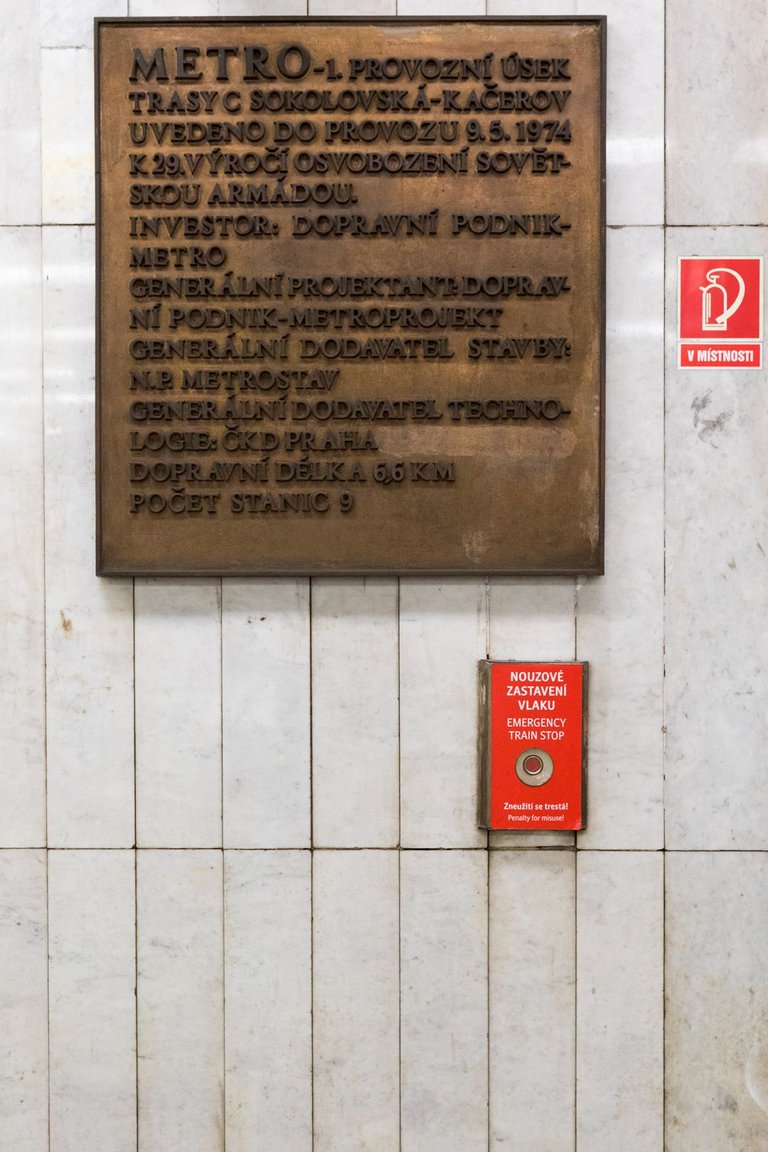
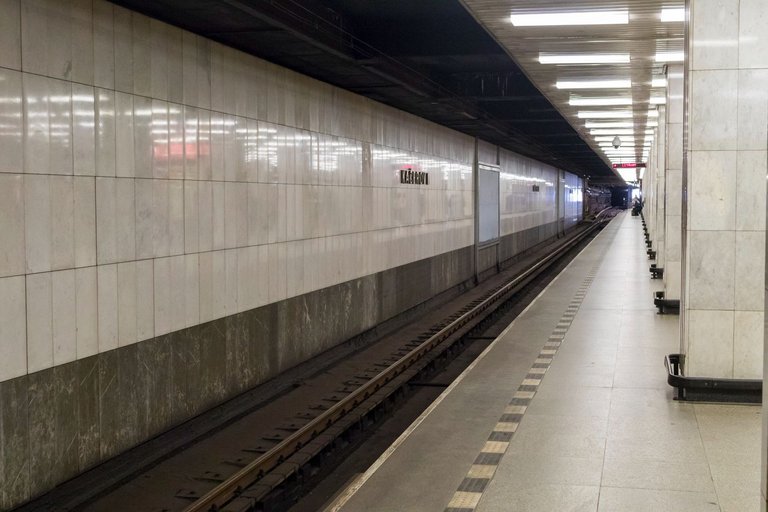
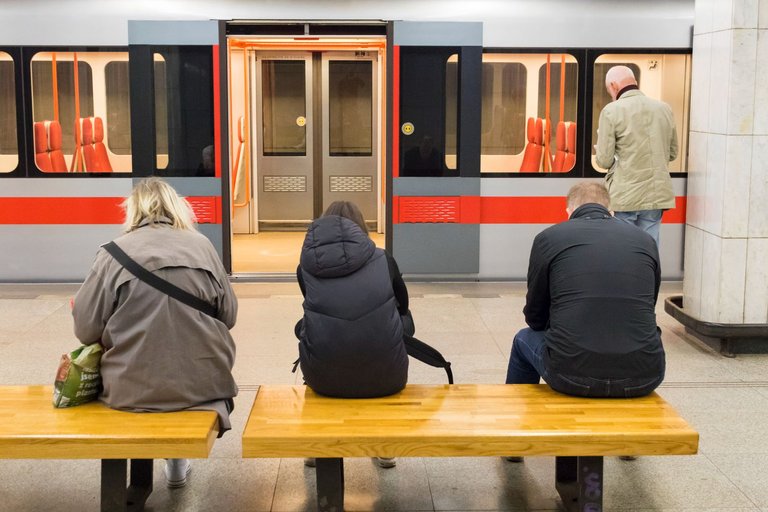
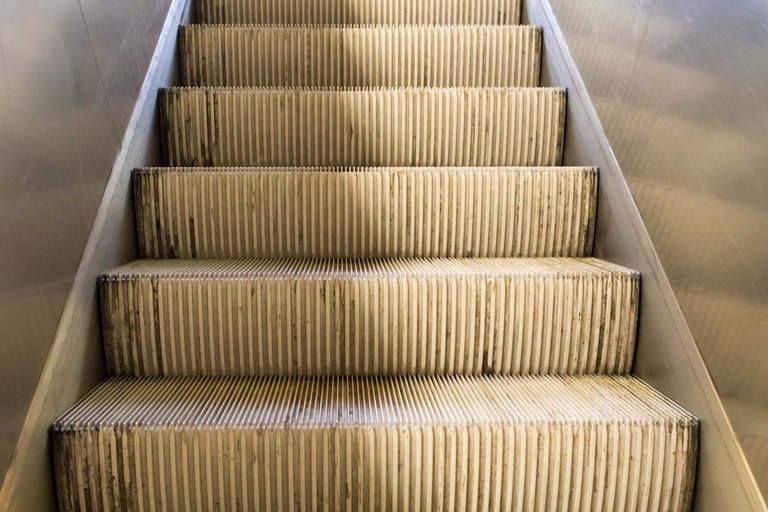
The station is an excavated structure and lies 10 meters below the surface. The platform is lined with supporting columns and the entire area is covered with white Koelga marble. The lower edge of the track is lined with Zbuzany marble and the platform is made of Dolní Březnice blue granite. There is one escalator leading up to the concourse and stairs must be used to get to the station. The architect responsible for this station is Mr. Zdeněk Lešeticky.
Stanice je hloubené konstrukce a leží 10 metrů pod povrchem. Nástupiště je lemováno podpěrnými sloupy a celý prostor je obložen bílým mramorem Koelga. Spodní okraj kolejiště je obložen Zbuzanským mramorem a nástupiště je z Dolnobřeznické modré žuly. Do vestibulu vede jedno pohyblivé schodiště směrem nahoru a pro cestu do stanice se musí použít schodiště. Architektem který má na svědomí tuto stanici je pan Zdeněk Lešetický.
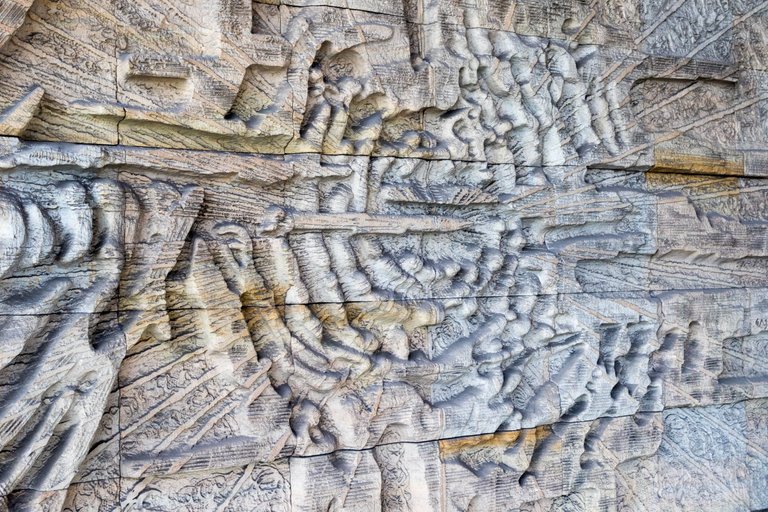
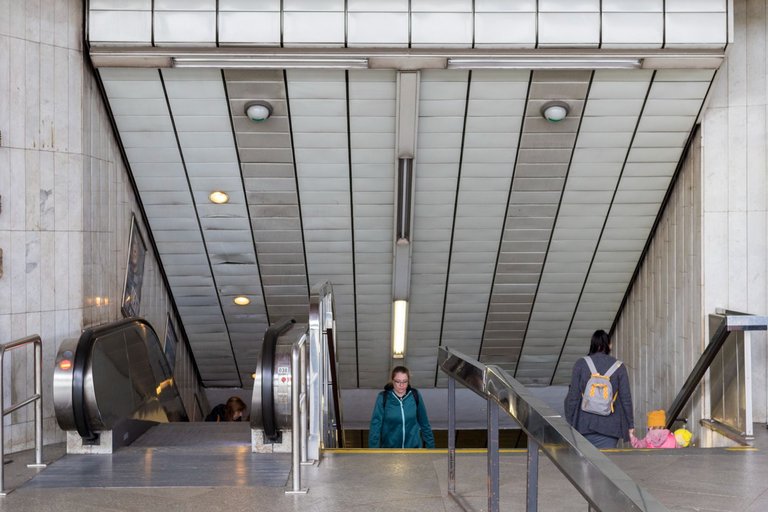
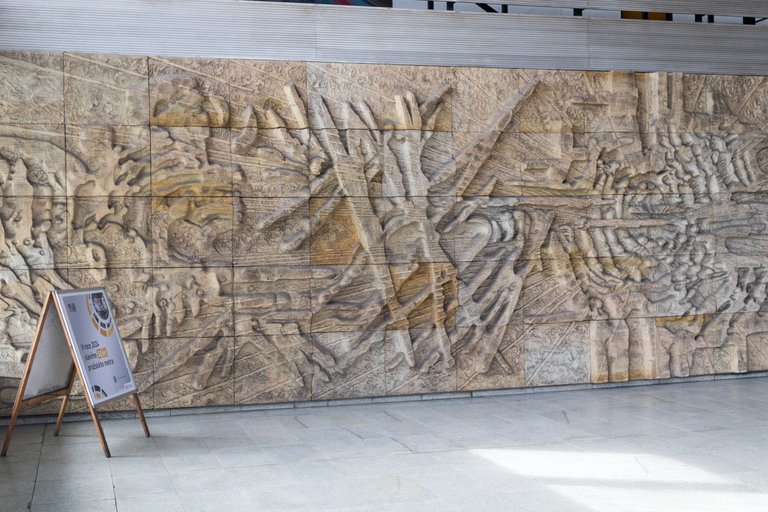
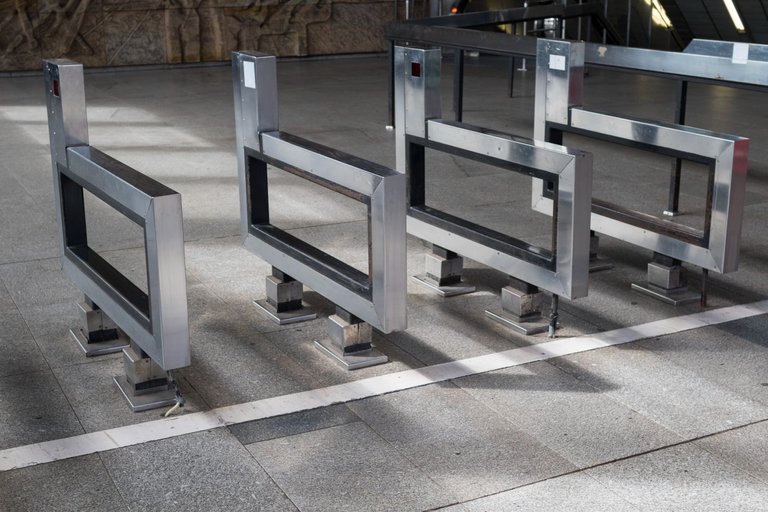
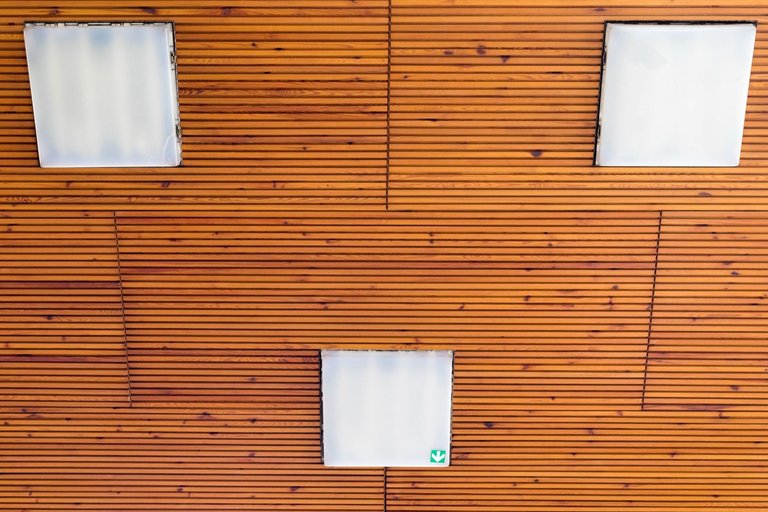
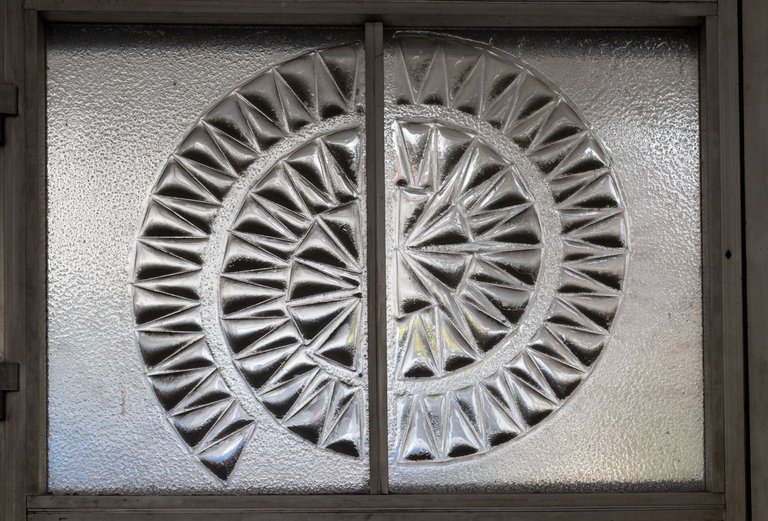
The vestibule of the station is very well lit and on the wall is a huge abstract sculpture made of chopped and blasted Hořice sandstone by Ostrava sculptor Vladislav Gajda. The ceiling is paneled with wood and the west-facing windows are made of ground glass.
Vestibul stanice je velmi prosvětlený a na zdi je obrovská abstraktní plastika ze sekaného a tryskaného hořického pískovce je od ostravského sochaře Vladislava Gajdy. Strop je obložen dřevem a okna směrem na západ jsou z broušeného skla.
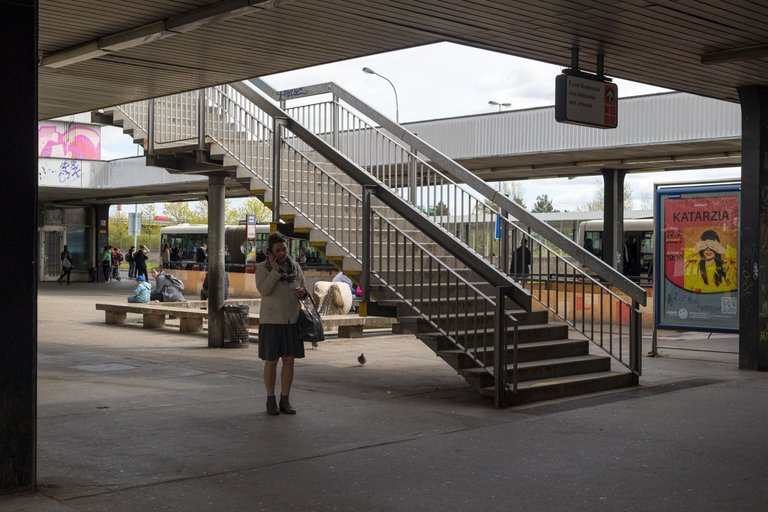
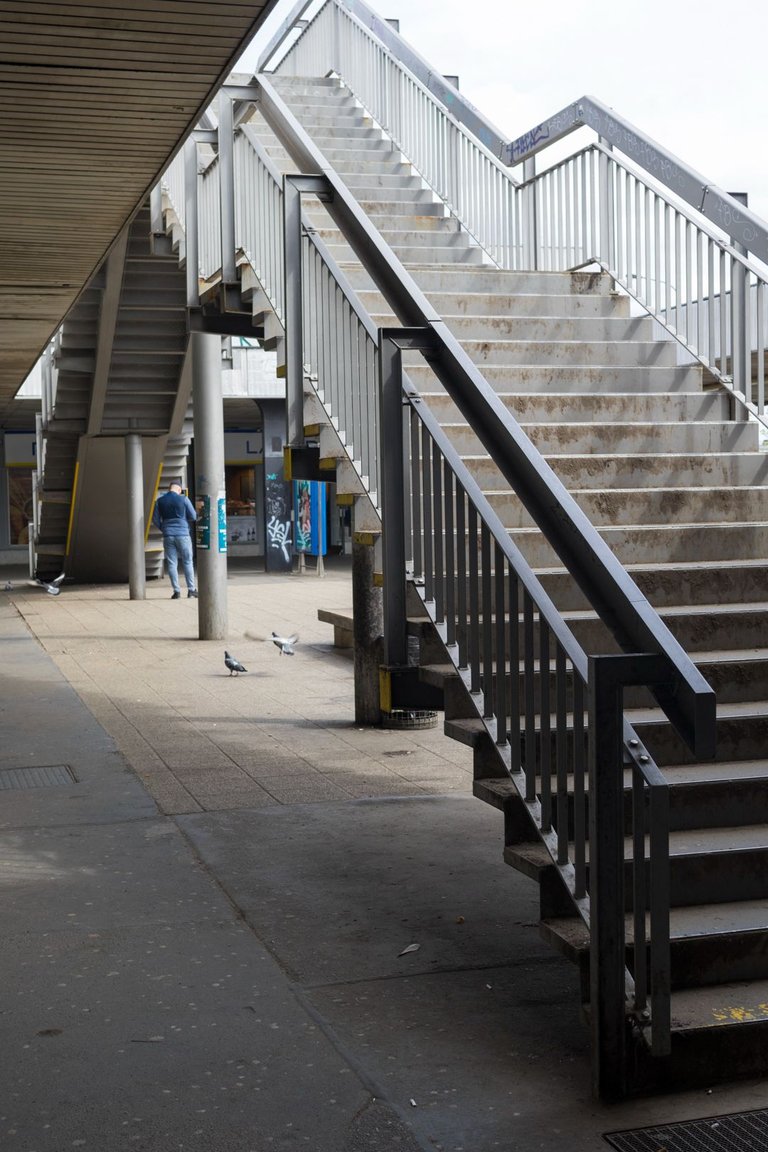
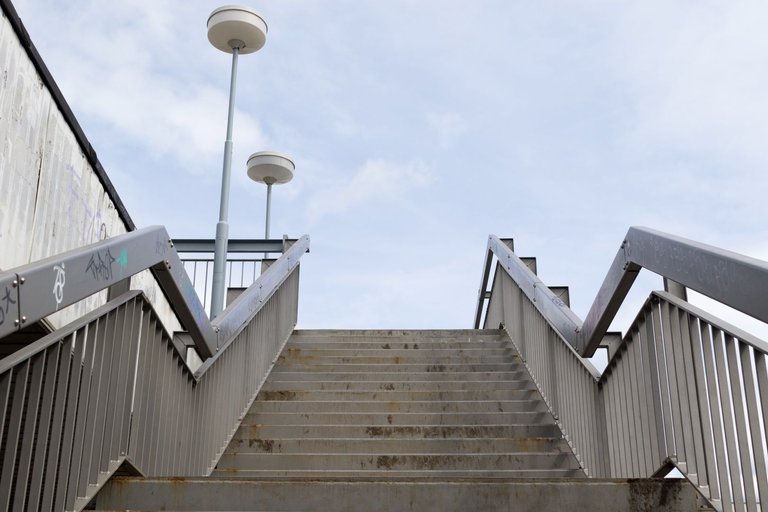
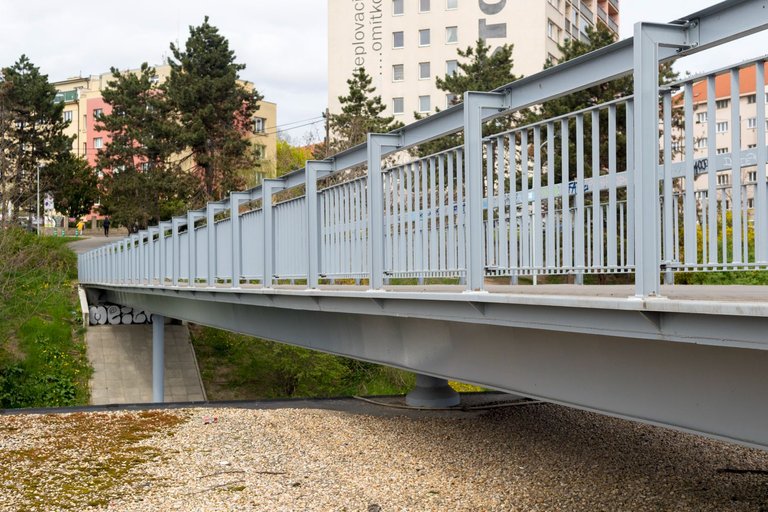
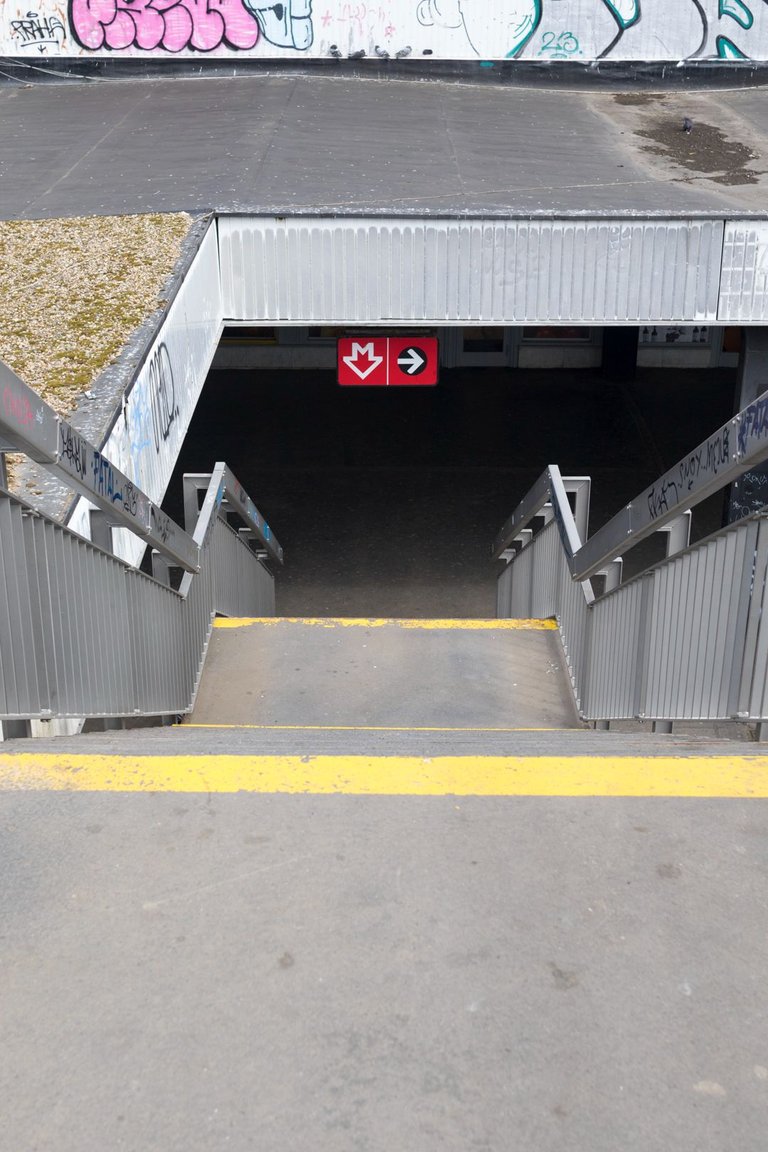
The main dominant feature around the station is the fountain, which is very often occupied by people, so it was not possible to photograph it. Another dominant feature is the staircase and bridge leading to the adjacent housing estate.
Hlavní dominantou okolí stanice je fontána, která je velmi často obsazena lidmi a tak nebylo možné jí vyfotografovat. Další dominantou je schodiště a most vedoucí do přilehlého sídliště.
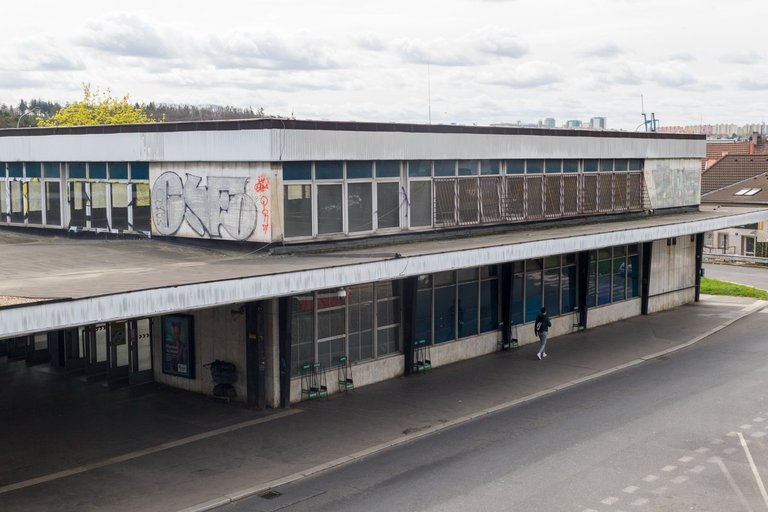
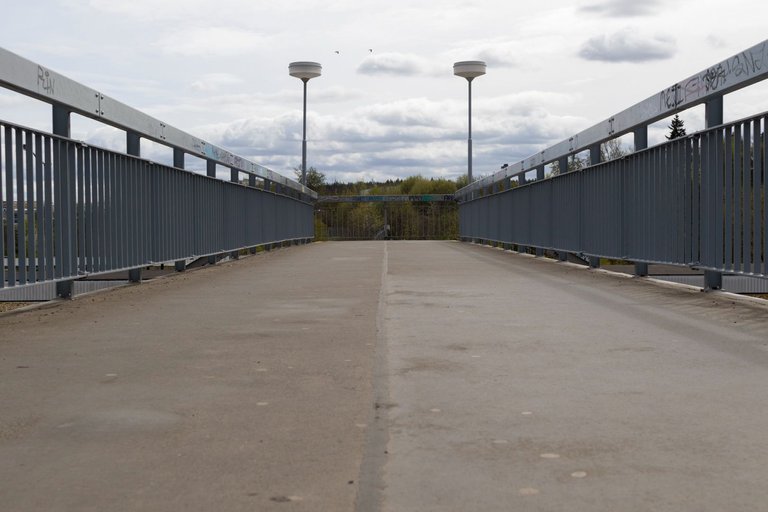

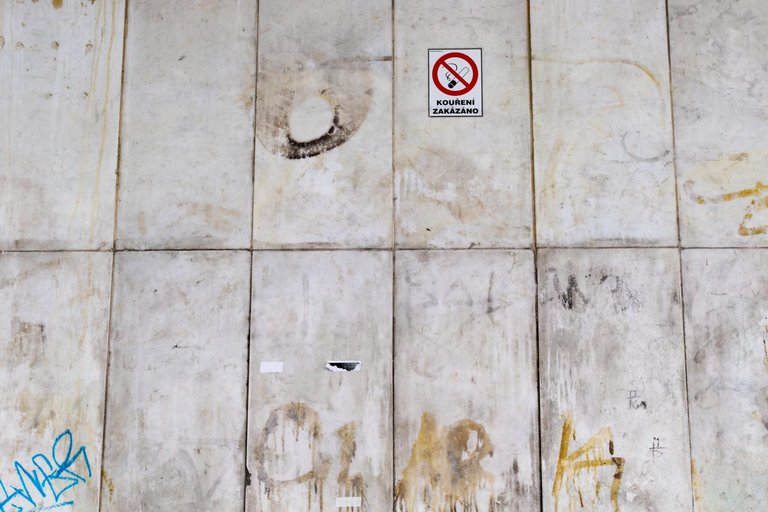

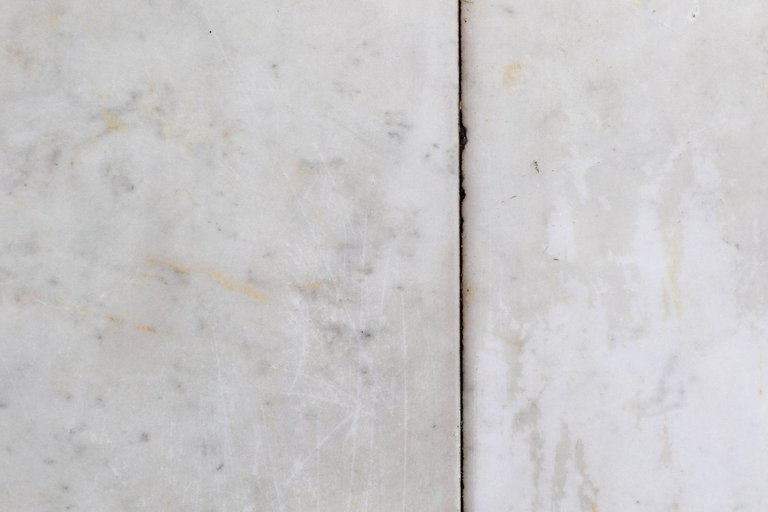
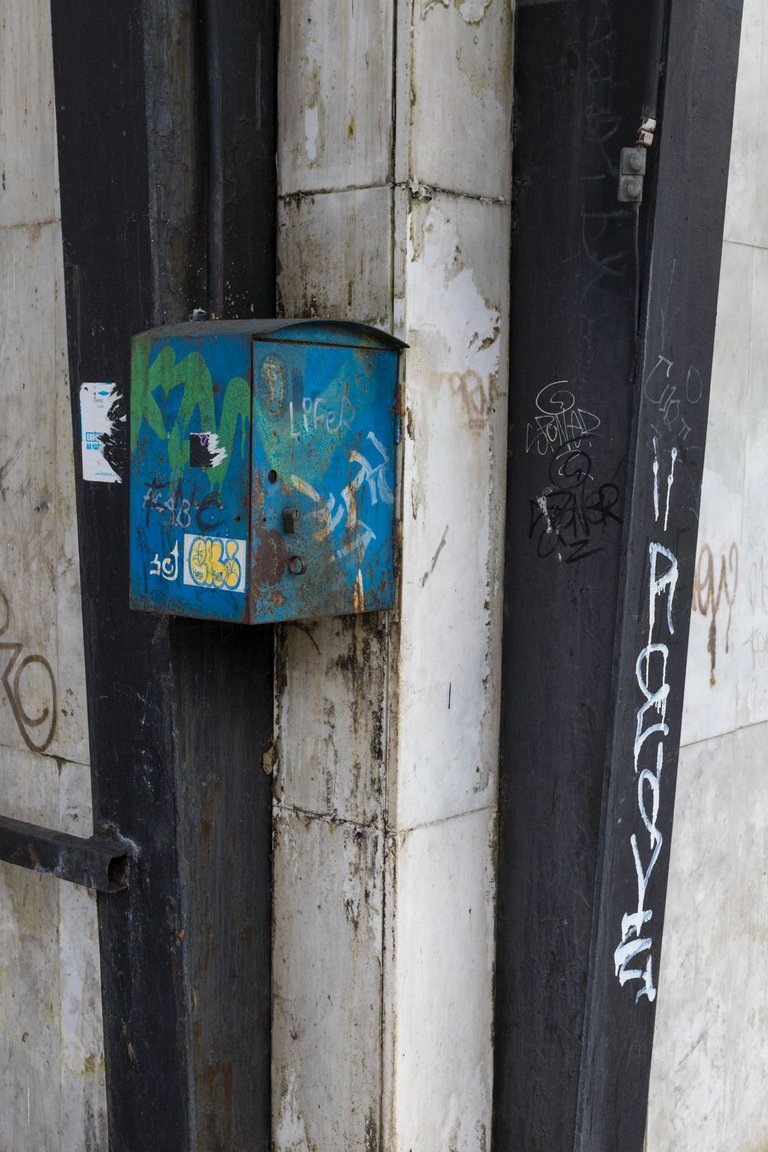
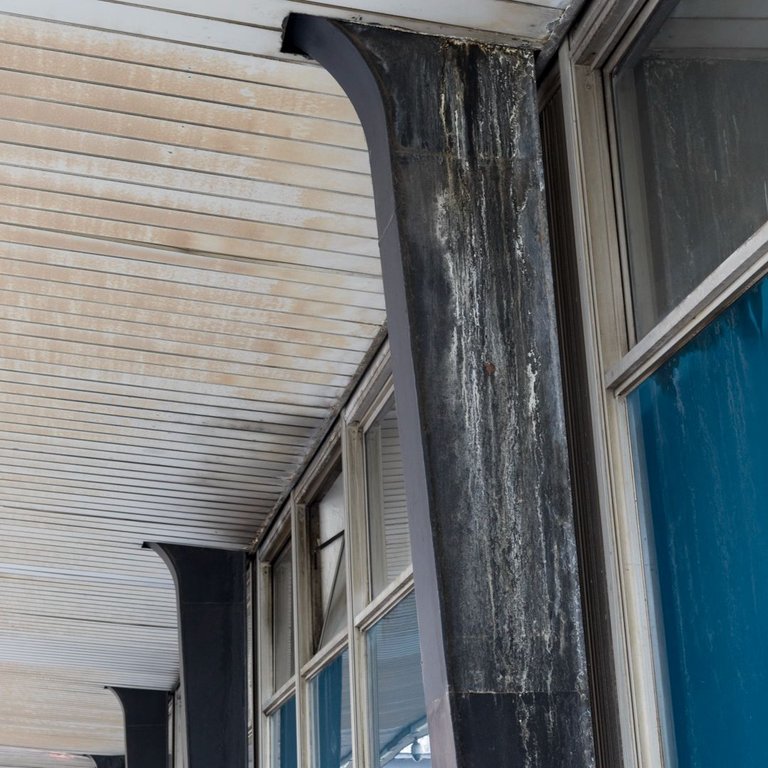
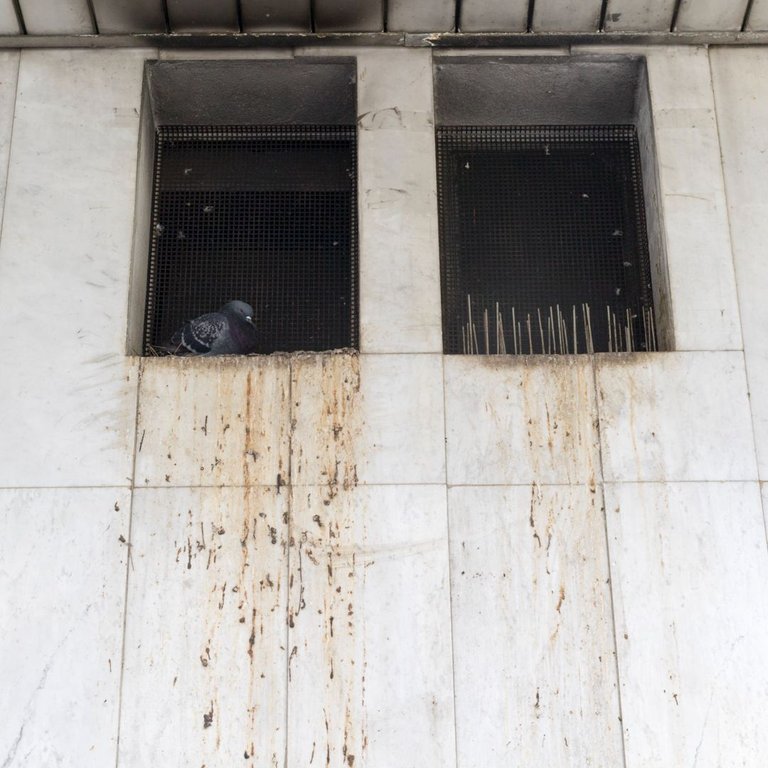
From the outside, the vestibule looks quite neglected and would definitely deserve a sensitive reconstruction that would preserve the overall interesting architectural structure of the station. With this I say goodbye to you and see you soon at the Budějovická station.
Zvenku vestibul vypadá dosti zanedbaně a určitě by si zasloužil citlivou rekonstrukci, která by zachovala celkově zajímavou architektonickou strukturu stanice. Tímto se s Vámi rozloučím a příště se uvidíme se na stanici Budějovická.
Interesting graphics of the interior decoration of the station.
There are a big contrast between the metro station and the metro itself (it seems brand new) and the city itself that as you said needs a really reconstruction. Have a very nice day!
The metro cars may look new, but they are also 25 years old.
Congratulations @softa! You have completed the following achievement on the Hive blockchain And have been rewarded with New badge(s)
Your next target is to reach 18000 upvotes.
You can view your badges on your board and compare yourself to others in the Ranking
If you no longer want to receive notifications, reply to this comment with the word
STOP